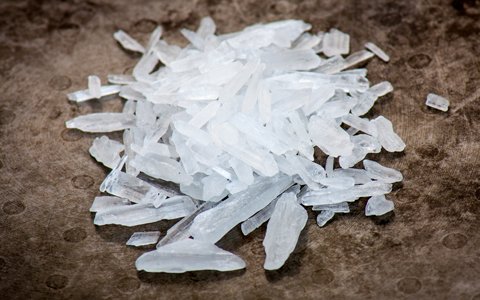Service providers’ experience of methamphetamine and the portrayal of the ‘ice epidemic’ in remote Australia
Objective: The objective of this study was to contrast service providers’ perceptions about crystalline methamphetamine (henceforth, ice) use and harm with information communicated in media reports and politicians’ statements.
Design: In‐depth semi structured interviews with service providers about the nature and extent of ice use in the local community and its impact on individual services, clients and town life. Interviews were transcribed verbatim, manually analysed and coded around key themes, interpreted and independently cross‐checked for context and accuracy.
Setting: Two remote towns located in different states and territories operating as service hubs to very remote communities.
Participants: Twenty‐seven key service providers representing local organisations that engage with ice users and/or their families.
Results: First, compared with alcohol, ice use and ice‐related harm were insignificant at the two sites. Ice users were primarily high‐earning and ‐functioning non‐Australian Aboriginal tradesmen, and to a lesser extent, professionals and secondary school students. There were few Australian Aboriginal users. Ice was used to ‘party’, keep alert, and escape psychological distress. Second, the ‘Ice Destroys Lives’ campaign and references to an ‘ice epidemic’ amplified public anxiety about ice and ice‐related harm in the surveyed communities. Third, the attention on ice distracted from the more extensive harm arising from alcohol use in their communities.
Conclusion: The respondents questioned the notion of an ‘ice epidemic’ and the use of federal funding for ice‐related initiatives in remote communities, especially while general alcohol and other drug services were under‐resourced.
What is already known on this subject:
- People living in rural areas are more likely to have recently used ice than people living in major cities in Australia.
- Only a small percentage of ice users are clinically dependent.
- In total, ice use has a much lower social cost than alcohol use.
What this study adds:
- Qualitative interviews with a range of service providers put ice use and its associated harm into context within remote Australia.
- Public concern about ice in regional areas appears to be orchestrated by politicians and the media at a time when prevalence was falling.
- At the study sites, ice users were primarily reported to be functional, recreational users.
- Although ice use was relatively low at the sites, communities considered ice to be a primary drug of concern because of its perceived potential to harm users, their family, and the wider community.
- Informants reported that federal government ice initiatives diverted resources away from priority programs that are underpinned by empirical evidence.












